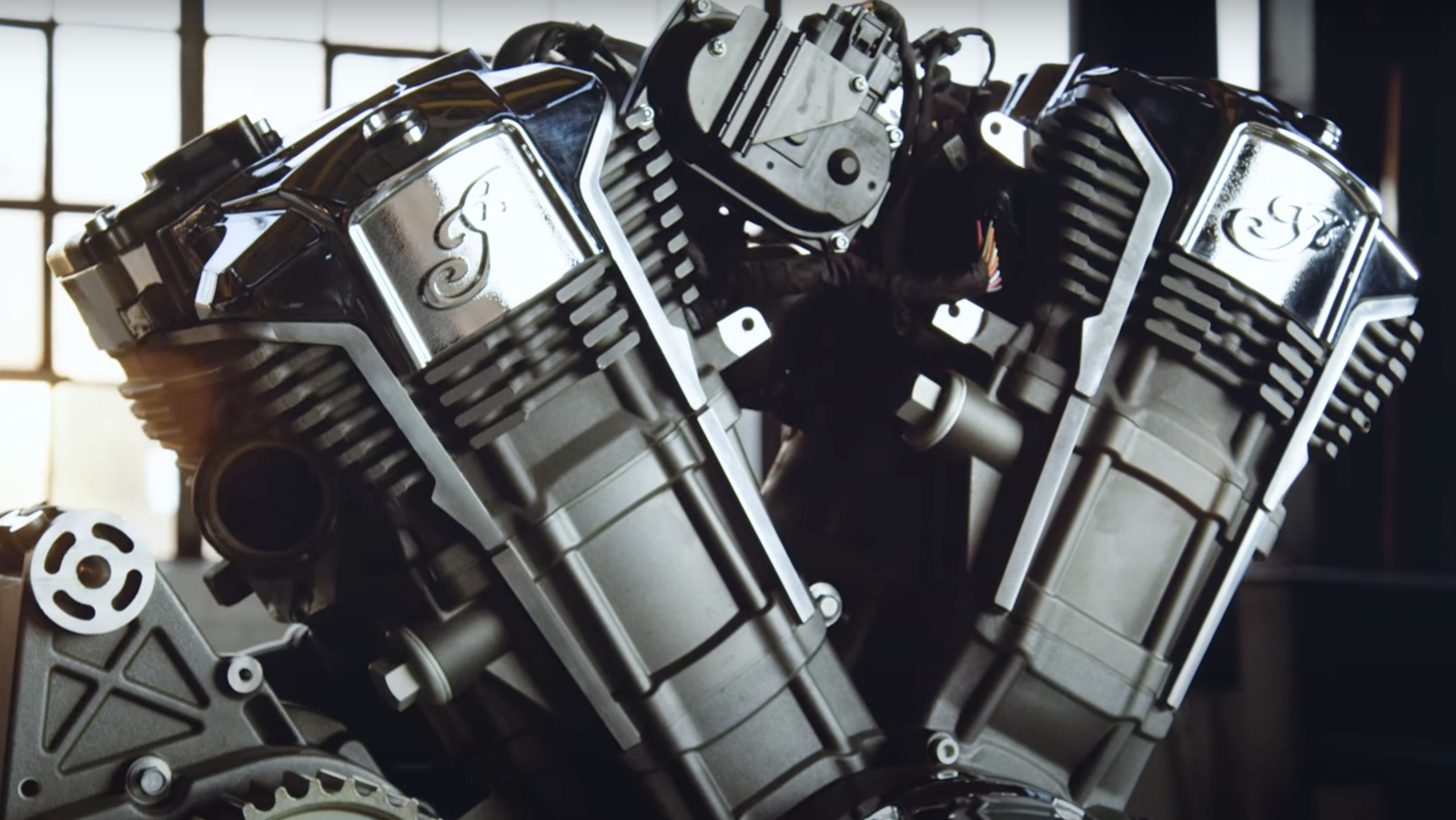Indian claims it put the 108 cubic inch (1769 cc) liquid-cooled, eight-valve overhead cam engine through nearly one million miles of simulated testing, plus more than 250,000 on the road. In a promotional video, Indian senior engineer Jay McKoskey highlights some technological details that allowed his team to wring every last bit of power out of the new engine. “The liquid cooling is really critical,” he says. “it allows the engine temperature to be controlled really consistently and to a lower temperature overall. The bike’s air box is a little larger than would be typical, and it’s placed right above the engine; that’s very useful.”
The liquid cooling in the PowerPlus V-twin was also employed to flatten out the torque curve, and Indian’s engineers worked hard to balance the motor’s torque and power output evenly.
Kevin Cameron of Cycle World detailed how they also managed to maximize the efficiency of the kinetic and heat energy transfer inside the engine, which led to a final product that runs cleanly and smoothly. He was able to look at the internal components of one of Indian’s test motors.
“This engine had completed 135 hours of running that alternated between peak torque and peak power,” he wrote. “I went to the pistons. There was not a mark on them. This is the message of modern design: When oil is always present, and its temperature and quality are within limits, wear is near zero.”







